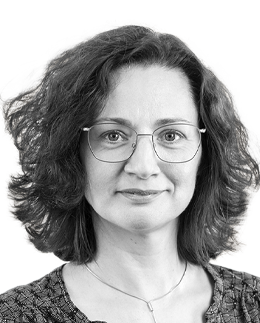The DZHW Panel Study of School Leavers with a Higher Education Entrance Qualification focuses on school leavers' transition from school to higher education institutions and vocational education as well as overall post-school educational and career paths, regardless of which post-school path they decided to take. The base population of the Panel Study of School Leavers with a Higher Education Entrance Qualification, carried out every two or three years since 1976, comprises people who have gained a higher education entrance qualification at a general educational or vocational school in Germany.
The DZHW Panel Study of School Leavers with a Higher Education Entrance Qualification is a unique survey series both in Germany and in Europe. It enables both evaluations relating to a particular point in time and, due to its longitudinal character, also the analysis of individual changes over a period of time. Because a core set of tools is retained, time-series analyses can also be carried out.
Survey tools retained in the same form over several cohorts are supplemented by changing sets of questions on topics related to current educational policy, for example on the introduction of tuition fees, international mobility and information patterns of school leavers.
In most cases since 2005, three survey waves are carried out for each cohort of school leavers with a higher education entrance qualification: six months before, six months after and 3,5 years (most recently 4 years) after gaining their higher education entrance qualification. Up to the 2004 cohort, the first survey wave took place six months after gaining the higher education entrance qualification. Some cohorts were surveyed once more in an additional survey wave (cohorts 1976 and 1978: 12 years; cohort 1990: 20 years; cohort 1999: 10 years after completing school).

The three survey waves of this longitudinal study each cover specific aspects of the educational, career and life paths of the school leavers with a higher education entrance qualification. The first two survey waves focus on their expectations, aims and first qualification steps on the way towards vocational education, higher education and career. The third wave, on the other hand, focuses on the realisation of the previous educational decisions, covering different educational paths up to career entry and other plans and aims. Both academic and non-academic educational paths are taken into account.
The school leavers with a higher education entrance qualification are representative for Germany and for the individual federal states. The representativeness of the data is ensured using a two-layer random cluster sample in the first survey wave; panel mortality between the surveys is compensated by a range of weighting procedures. The size of the sample attained varies between cohorts. For example, it was about 12.200 for the first survey wave of the 2006 cohort and about 34,000 for the cohort of 2012.




